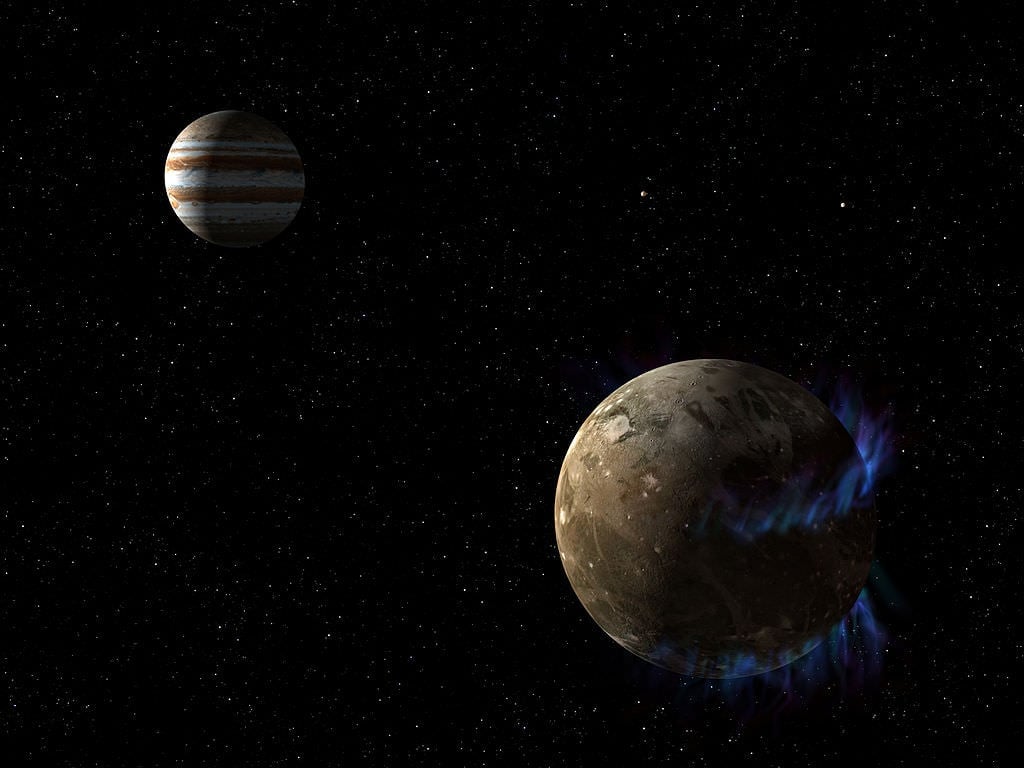Understanding how moons form remains a complex and less explored area compared to planet formation. Recent research from scientists Yuhito Shibaike and Yann Alibert at the University of Bern sheds light on the formation processes of Jupiter’s Galilean moons, a significant planetary system in our solar system. Their findings, detailed in a new chapter and accompanying pre-print paper, highlight the unique characteristics of these moons and propose theories on how they came into existence.
The Galilean moons, which include Io, Europa, Ganymede, and Callisto, reside within a circum-Jovian disc (CJD), a structure analogous to the circum-stellar disc (CSD) surrounding the Sun. This disc consists of gas, dust, and the moons themselves. While there are over 93 non-Galilean moons orbiting Jupiter, the formation of these larger moons presents different challenges and possibilities due to their size.
According to Shibaike and Alibert, there are three primary distinctions between how planets and moons form. First, moon formation occurs at a much faster rate, estimated to be between 10 to 100 times quicker than planet formation. Second, the CJD continuously gains material from the surrounding CSD while simultaneously losing it to Jupiter. Finally, there are significantly fewer examples of large moon systems compared to planets, with Jupiter and Saturn being the only notable examples in our solar system.
The research outlines a three-step process for the formation of the CJD. Initially, a “minimum mass model” from the 1980s suggested that the disc was static, containing a mass similar to that of the Galilean moons. In 2002, a new theory proposed that the CJD operated as a “gas-starved disc,” indicating that it was relatively poor in material until it captured additional mass through gravitational interactions with the CSD. This gravitational capture is believed to be crucial in the moons’ formation, marking the second phase of their development.
Given Jupiter’s colossal size, it effectively clears its orbital path of material, including small debris referred to as “pebbles.” This poses a challenge for moon formation, as there is less small material available. One hypothesis suggests that moons may form from tiny dust particles that can enter the CJD without being disrupted by Jupiter’s gravity. Another possibility is “planetesimal capture,” where a larger object that could have developed into a planet becomes a moon instead.
The Galilean moons themselves exhibit characteristics that could provide insights into their formation. For instance, Callisto does not resonate with Jupiter like the other three moons. This has led to speculation that Callisto may have formed under different conditions or experienced an impact that altered its trajectory. Additionally, Callisto is only partially differentiated, indicating it has not completed its formation process, which could lead it to resemble its fellow moons in the future.
Despite these insights, many questions about the formation of large moon systems remain unanswered. The upcoming Jupiter Icy Moon Explorer (JUICE) mission is expected to provide valuable data to address these questions. However, it will still yield only one or two data sets, highlighting the challenges researchers face in understanding moon formation.
Until advancements in exoplanet-hunting telescopes allow for the discovery of exomoons at a similar rate to that of planets, many theories regarding the formation of moon systems will remain largely untested. The data that will eventually emerge will be key to deepening our comprehension of not only the Galilean moons but also the broader dynamics of our solar system.







































































